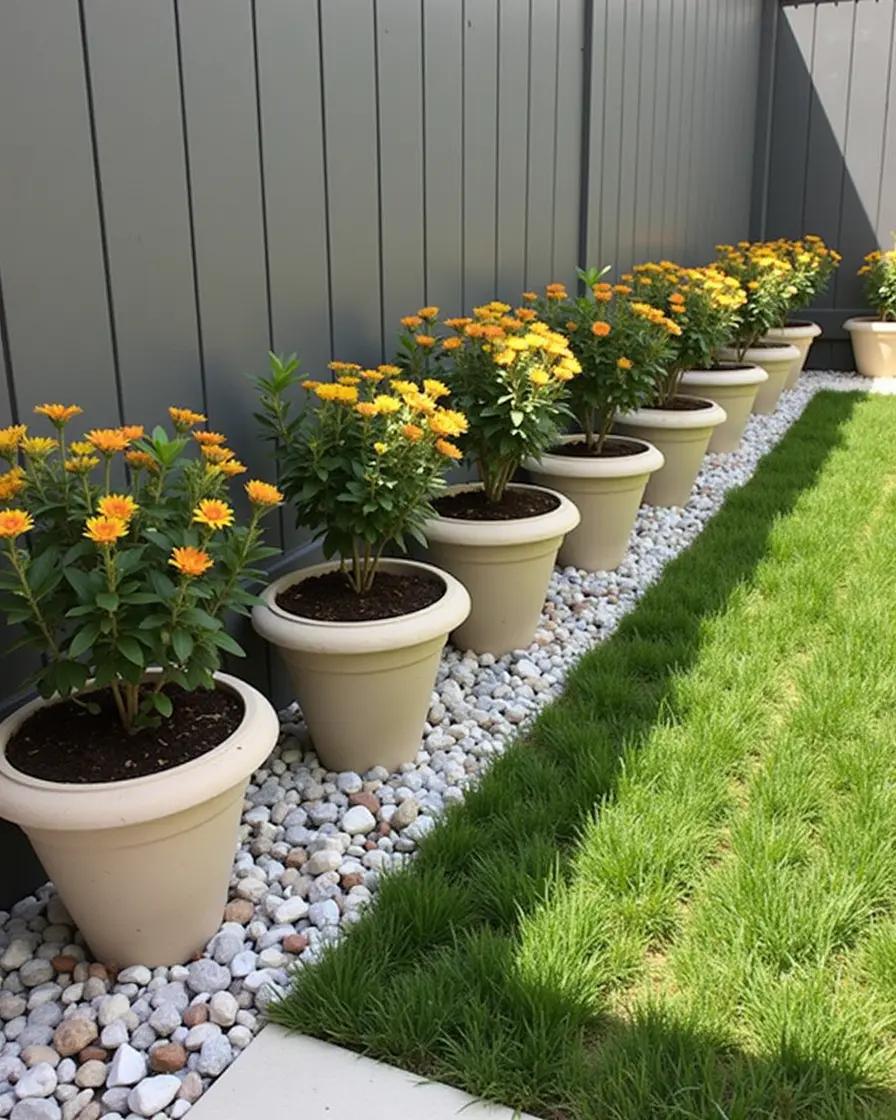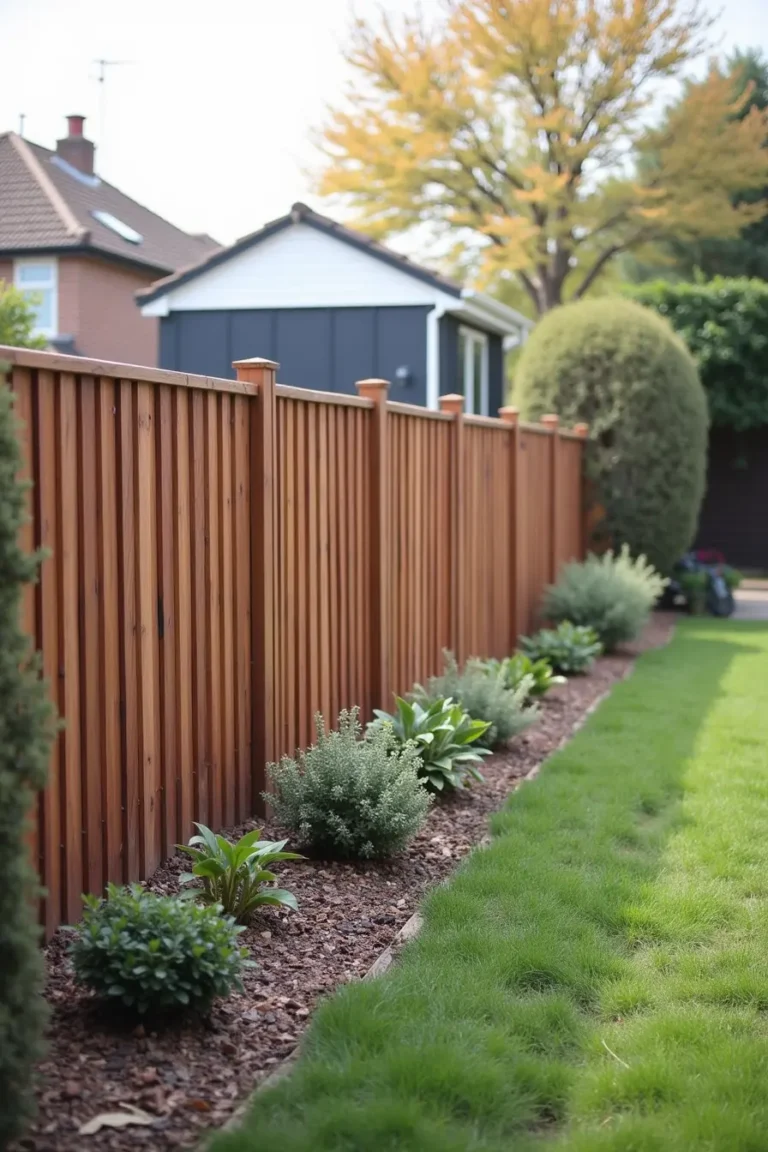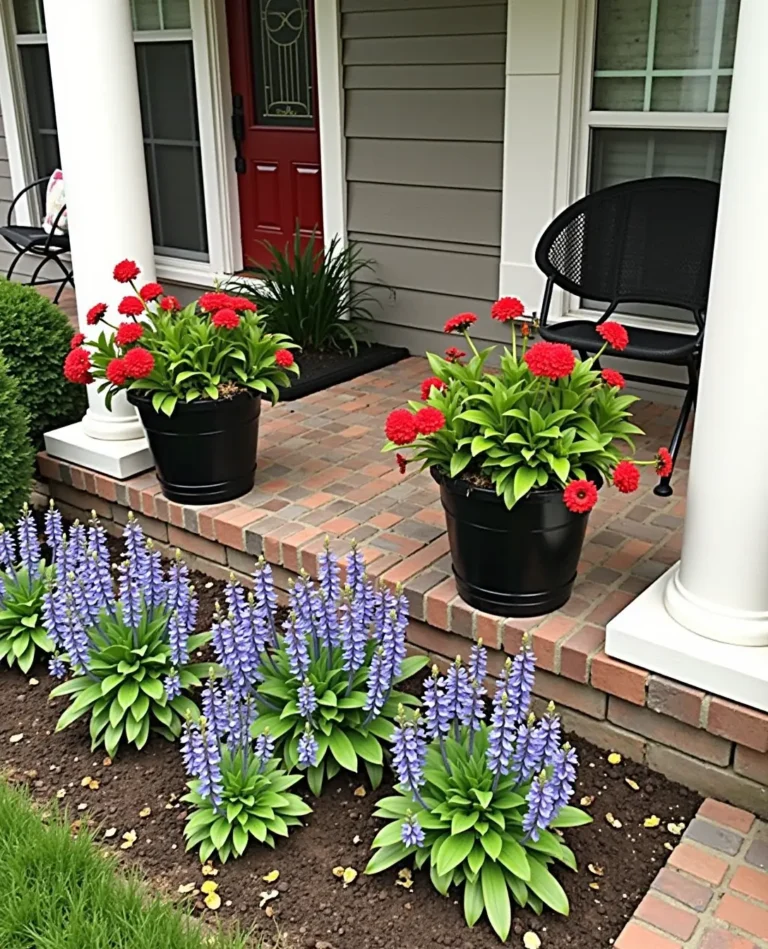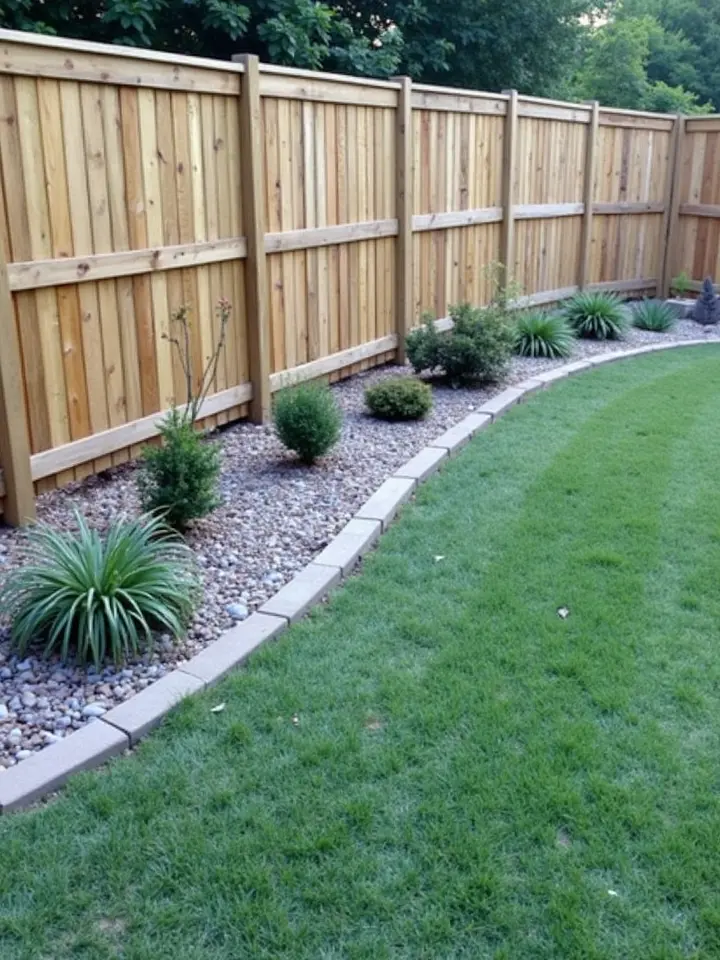Discover Flower Gardening Secrets for Beginners Today
Flower Gardening For Beginners: The Secrets No One Tells You
Have you ever walked through a garden bursting with colors and fragrances and thought, that could be my garden? If so, you’re not alone. Flower gardening is a cherished hobby for many, providing not only visual delight but also a sense of fulfillment. However, there are secrets and tips that seasoned gardeners often keep to themselves. In this article, we’ll uncover those secrets and help you embark on your flower gardening journey with confidence!
Getting Started: Choosing the Right Flowers
Your flower gardening journey begins with selecting the right flowers. This might sound simple, but there are several factors to consider. Take a moment to think about your garden’s environment:
- Sunlight: Does your garden get full sun, partial shade, or full shade?
- Soil Type: Are you working with clay, sandy, or loamy soil?
- Climate: What is your local climate? Are there seasonal variations?
To ease your choice, consider starting with native flowers that thrive in your region. Not only are they easier to grow, but they also support local wildlife. For instance, if you live in a warmer climate, you might consider sunflowers or zinnias, while cooler regions may benefit from daisies or daylilies.
Secret #1: Understand Your Soil
One of the most crucial secrets no one mentions is the importance of soil quality. Healthy soil leads to healthy plants. Start your gardening adventure by testing your soil’s pH and nutrient levels. You can do this with a simple soil test kit available at gardening stores or online.
Once you know your soil type, amend it accordingly. Incorporating organic matter like compost or well-rotted manure can significantly improve soil structure and fertility. Remember, good soil is the foundation of a thriving garden!
Secret #2: The Magic of Plant Companions
Have you heard of companion planting? This gardening technique involves planting different types of flowers and plants together to enhance growth and deter pests. For example, marigolds are known for repelling certain pests when planted alongside vegetable gardens.
Creating a Companion Planting Plan
- Marigolds: Excellent for repelling nematodes and aphids.
- Lavender: Attracts pollinators and fends off mosquitoes.
- Nasturtiums: Act as a trap crop for aphids, protecting other plants.
By planning your flower beds with companion plants in mind, you’ll create a more resilient and vibrant garden.
Secret #3: The Importance of Watering Wisely
Watering may seem straightforward, but it often becomes a gardener’s Achilles’ heel. The key is to water deeply but infrequently, encouraging roots to grow deeper into the soil. Early morning is the best time to water, allowing plants to absorb moisture before the heat of the day.
Watering Tips:
- Use soaker hoses or drip irrigation systems to deliver water directly to the roots.
- Mulch around your plants to retain moisture and suppress weeds.
- Monitor the soil moisture level; if the top inch is dry, it’s time to water!
Secret #4: Learning the Art of Pruning
Many beginners shy away from pruning, fearing they will harm their plants. However, pruning is essential for promoting healthy growth and increased blooms. Start by removing dead or yellowing leaves and spent flowers to encourage new growth.
When to Prune:
- In early spring, remove any dead wood or winter damage.
- After flowering, trim back perennials to encourage rejuvenation.
- Regularly deadhead flowers to prolong blooming.
With practice, you’ll develop an intuitive understanding of what your flowers need.
Secret #5: Patience and Observation
One vital lesson in gardening is to be patient. Nature takes its own time to flourish, and so should you. Spend time observing your garden; watch how the sunlight moves, how the plants interact, and how pests behave. This mindfulness will help you respond appropriately to your garden’s needs.
Embracing the Experience
As you embark on your flower gardening journey, embrace each step of the process. Garden maintenance can become an enjoyable routine, a time to connect with nature and unwind from daily stress. Don’t be afraid to experiment with different flowers, colors, and layouts—gardening is all about creativity!
FAQs
What are the easiest flowers for beginners to grow?
Some of the easiest flowers for beginners include sunflowers, zinnias, marigolds, and daisies. These varieties are hardy and adaptable, making them ideal for new gardeners.
How often should I water my flower garden?
Water your flower garden deeply but infrequently, typically 1-2 inches per week depending on the climate and soil conditions. Morning is the best time for watering.
When is the best time to plant flowers?
The best time to plant flowers depends on your local climate. Typically, spring is ideal for most flowers, but you can also plant in fall for certain varieties that thrive in cooler temperatures.
Do I need to fertilize my flower garden?
Yes, fertilization can help your flowers grow stronger and bloom more abundantly. Use a balanced, slow-release fertilizer or organic options like compost or fish emulsion when planting.
How do I keep pests away from my flowers?
Use companion planting, natural predators, and organic pest deterrents like neem oil or insecticidal soap. Regular monitoring and maintaining plant health can also help mitigate pest problems.
Remember, every gardener starts somewhere. With these secrets and tips in hand, you’re now equipped to create the flower garden of your dreams. Happy gardening!
“






